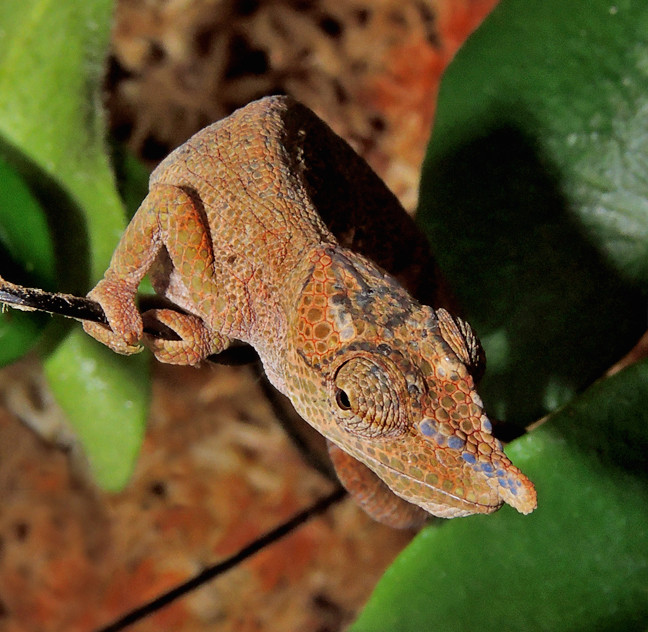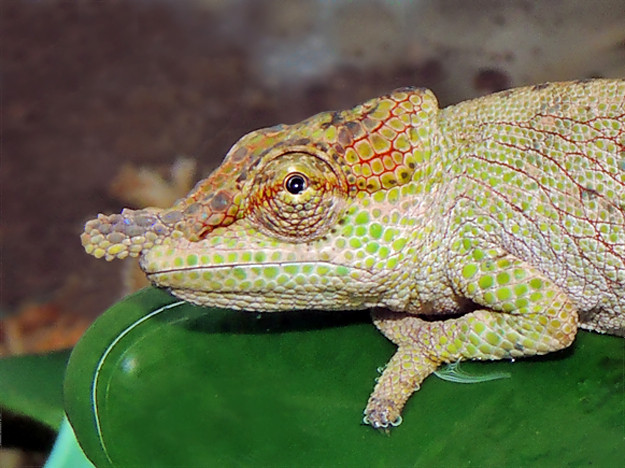Thank you for the add. I recently obtained C. nasutum.
Here are photos of 3 different animals. Can anyone help determine M/F on these?
#1 This animal has remained consistently light colored and shows on occasion bluish rings on it's body.




#2 This animal has remained consistently dark reddish colored.


#3 This animal also had remained a consistent dark reddish color..



...but then had a dramatic color change when I added some UBV lighting over the enclosure - looking more like animal #1.

I see no evidence of dorsal spines in any of the three.
Your help is much appreciated. Thank you.
Dave
Here are photos of 3 different animals. Can anyone help determine M/F on these?
#1 This animal has remained consistently light colored and shows on occasion bluish rings on it's body.
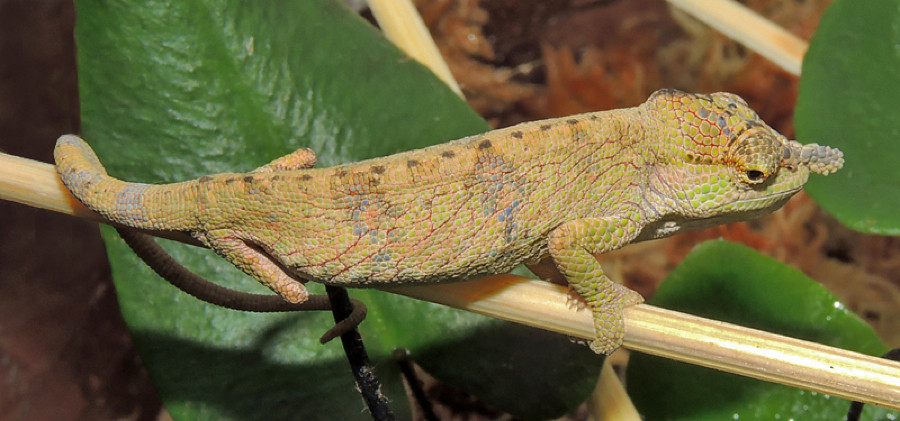
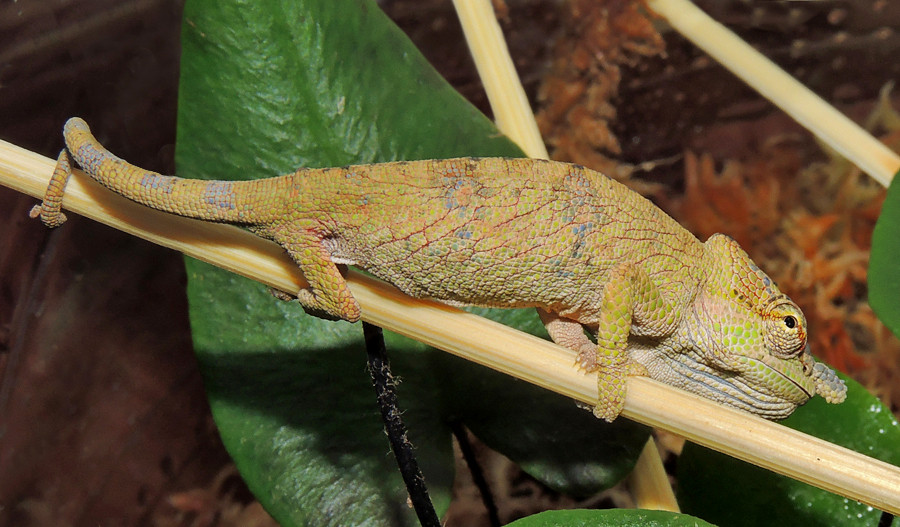

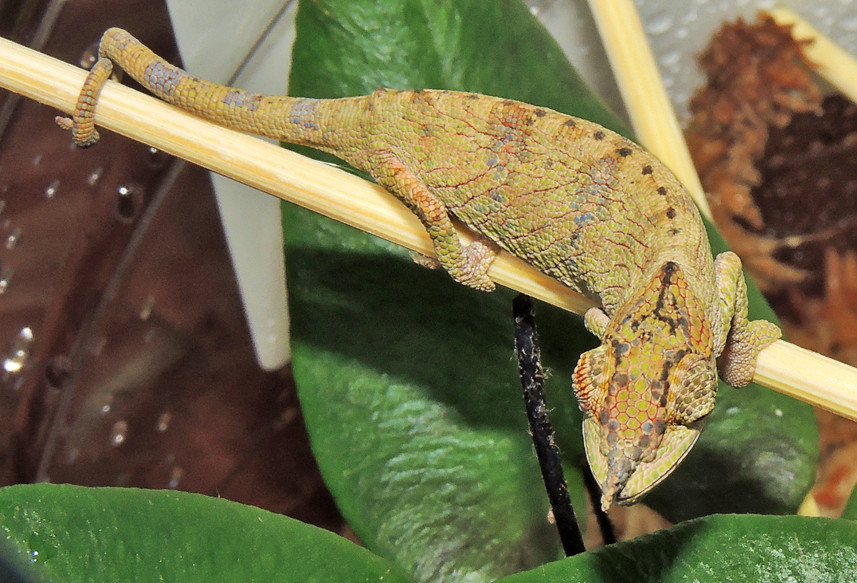
#2 This animal has remained consistently dark reddish colored.
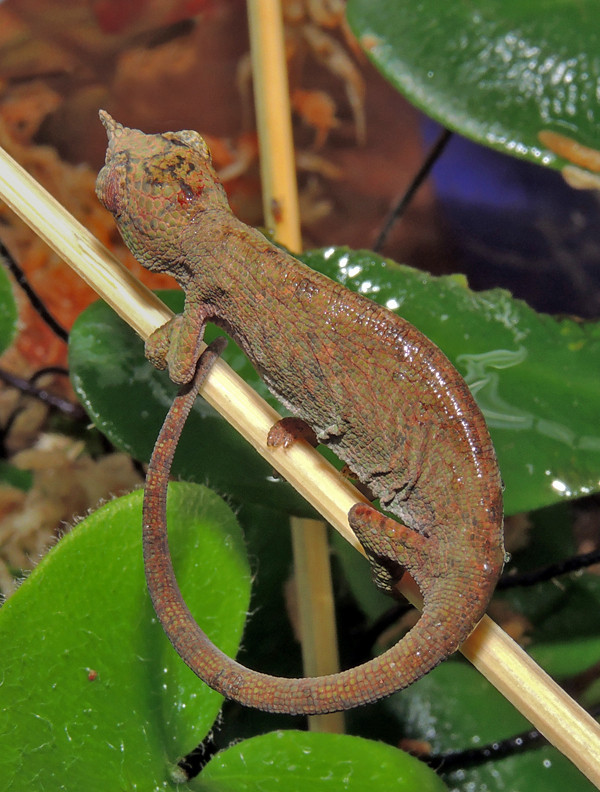
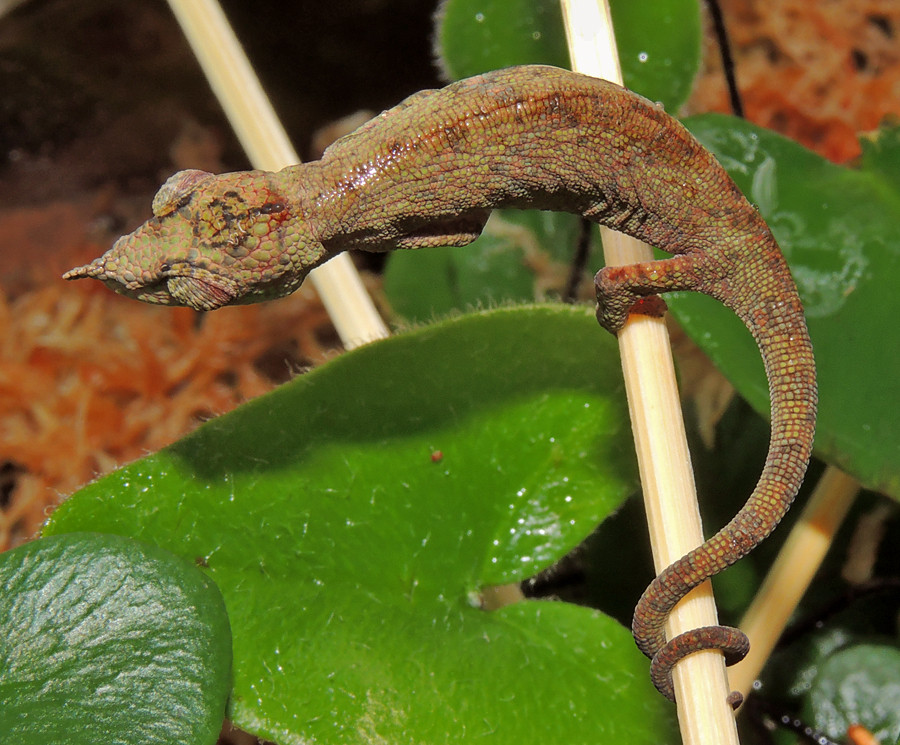
#3 This animal also had remained a consistent dark reddish color..
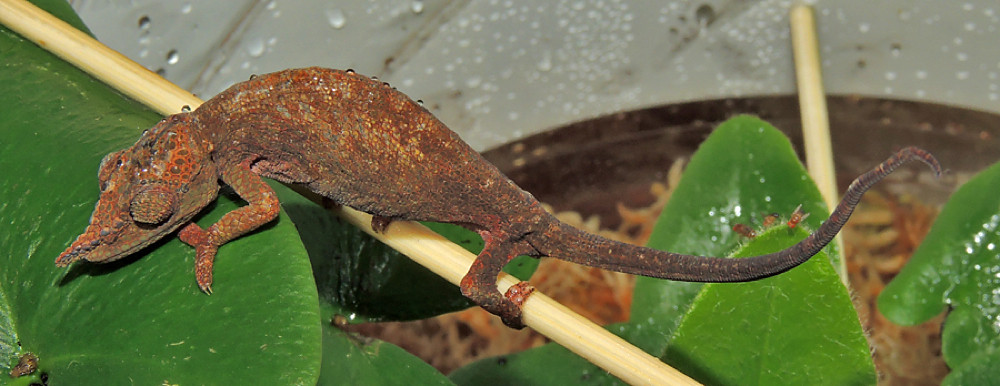
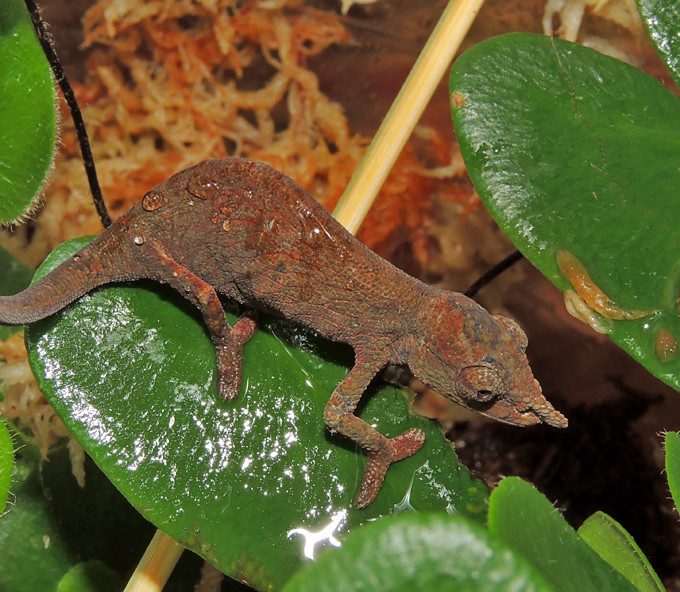
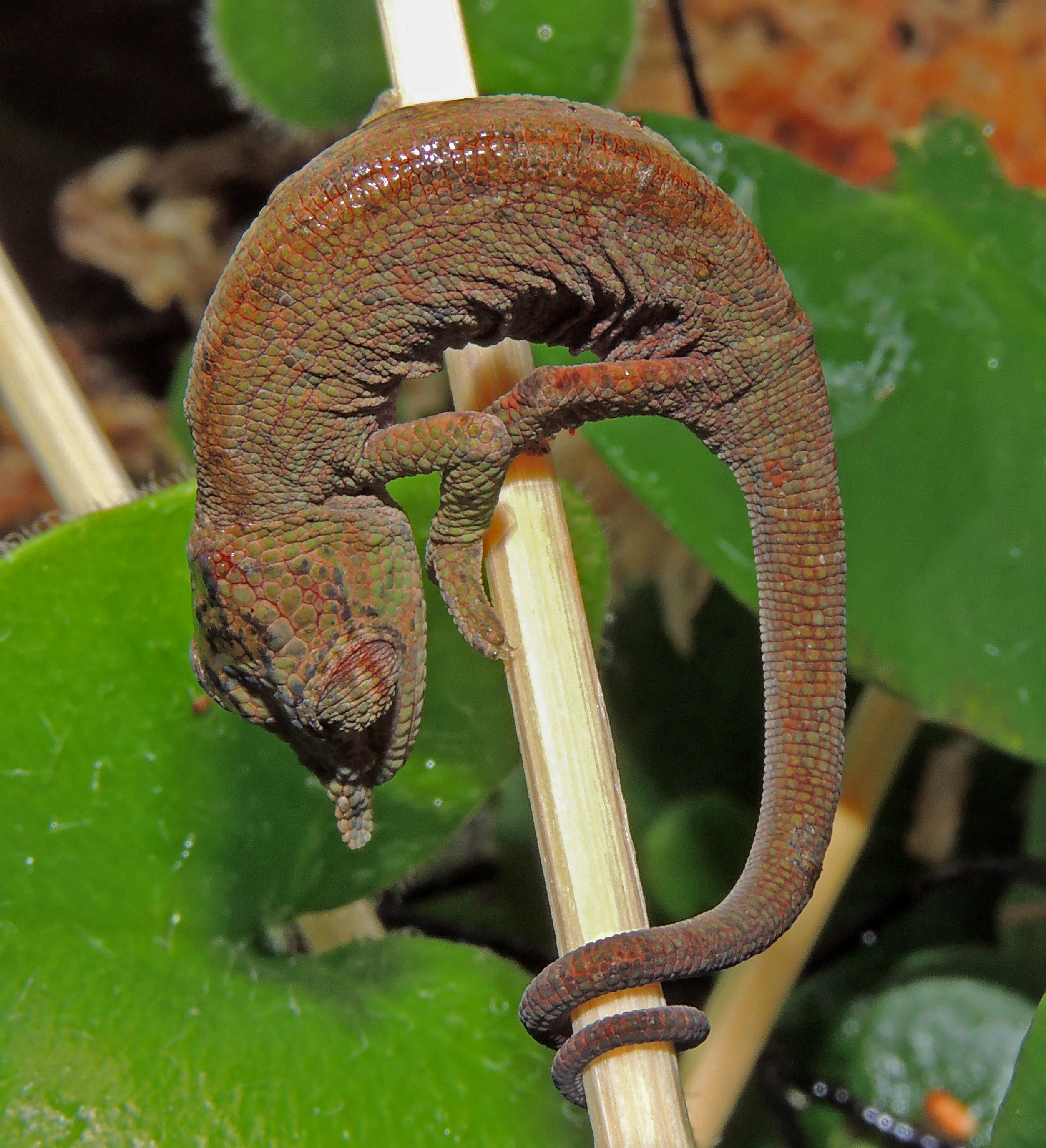
...but then had a dramatic color change when I added some UBV lighting over the enclosure - looking more like animal #1.
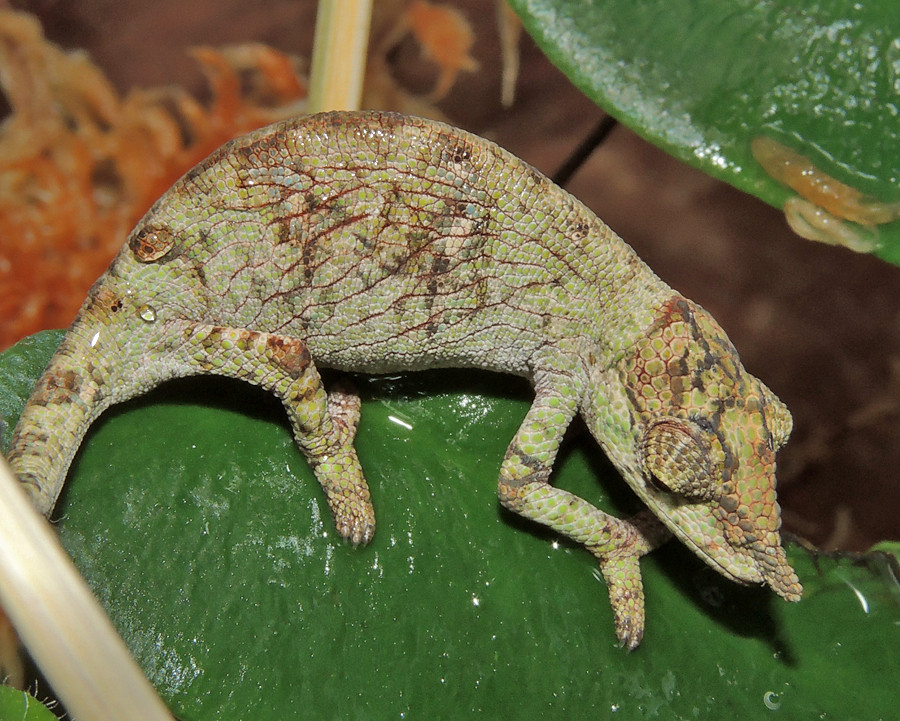
I see no evidence of dorsal spines in any of the three.
Your help is much appreciated. Thank you.
Dave





